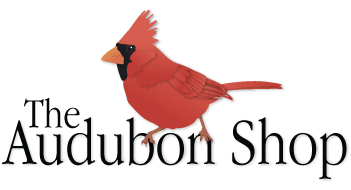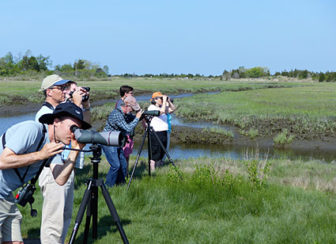Connecticut’s 2018 ‘State of the Birds’ Report is encouraging
Each year (annually since 2006), the dedicated people who work and volunteer for CT Audubon begin gathering information for their important report, CT State of the Birds. The 2018 edition was just published and you’ll find the full PDF downloadable report here: 2018 CT Bird Report
This year’s report is entitled “In Cities and Suburbs: A Fresh Look at How Birds are Surviving in Connecticut” The value of this report to CT residents cannot be overestimated, for birders and non-birders alike. City and Town Planners, as well as residents, can glean information about the relationships between the state of our land and it’s human and natural inhabitants.
CT Audubon’s Executive Director Patrick Comins states in the introduction that, “More than 3.5 million residents call our small state home, making it the fourth most densely populated state in the country. Yet Connecticut still offers abundant, high-quality habitat for birds and other wildlife, and more than 400 species of birds have been recorded within its boundaries. There are large, unfragmented forest blocks, functional grasslands, floodplains, and critically important rivers, marshes, beaches, and islands. Long Island Sound itself is remarkably important to a wide variety of nesting, wintering, and migrating birds.”
Take a listen to this short, inspirational NPR interview with Patrick Comins by Patrick Skahill, From Buildings To Harbors, High-Profile Birds Return To Connecticut Cities
We can glean hope in the info-graphic on Page 18, (also embedded at the bottom of this post); City Birds: It’s Not Just About Pigeons and Starlings. Connecticut’s urban areas are vital for bird species that you might not think would be at home in cities. Peregrine Falcons, the world’s fastest animal, have been recently nesting in Hartford, New Haven, Bridgeport, New London, and Waterbury. We regularly see Bald Eagles (still a thrill) year ’round all over CT. Osprey, rare some 60 years ago, are back and thriving. Read more about the unexpected urban findings in this comprehensive report.
Rob Klee, Ph.D., commissioner of the Connecticut Department of Energy and Environmental Protection, weighs in with a great chapter Birds are Important to People, People are Important to Birds. Dr. Klee states, “Our urban areas are extremely important for migratory birds. Connecticut’s unique combination of coastline, ridgelines, and river valleys, all near urban areas, serve as a transportation super-highway during migration. These areas also provide critical migratory stopover habitat that allows birds to pause and refuel during these long-distance journeys.”
On page 2 of the report, CT Audubon has a list of Recommendations and Actions that they would like to implement. Some recommendations include; pass the Recovering America’s Wildlife Act, create more high-quality migratory stopover sites throughout the state, expand the National Wildlife Refuge Partnership program to Hartford, and increase shorebird conservation efforts to help the public share the shore with nesting and migrating birds along the coast of Connecticut. As Madison residents, we are directly impacted by wildlife/human interactions along the shoreline, and field many calls each year from concerned citizens about seemingly unwell or injured shorebirds and gulls, among other birds.
Currently, we can think of at least two books on the shelf at the shop that will help you to understand and appreciate Long Island Sound and the nearby oceans that affect our daily lives. Check out both A Field Guide to Long Island Sound, and A Field Guide to Cape Cod, by Patrick Lynch.


